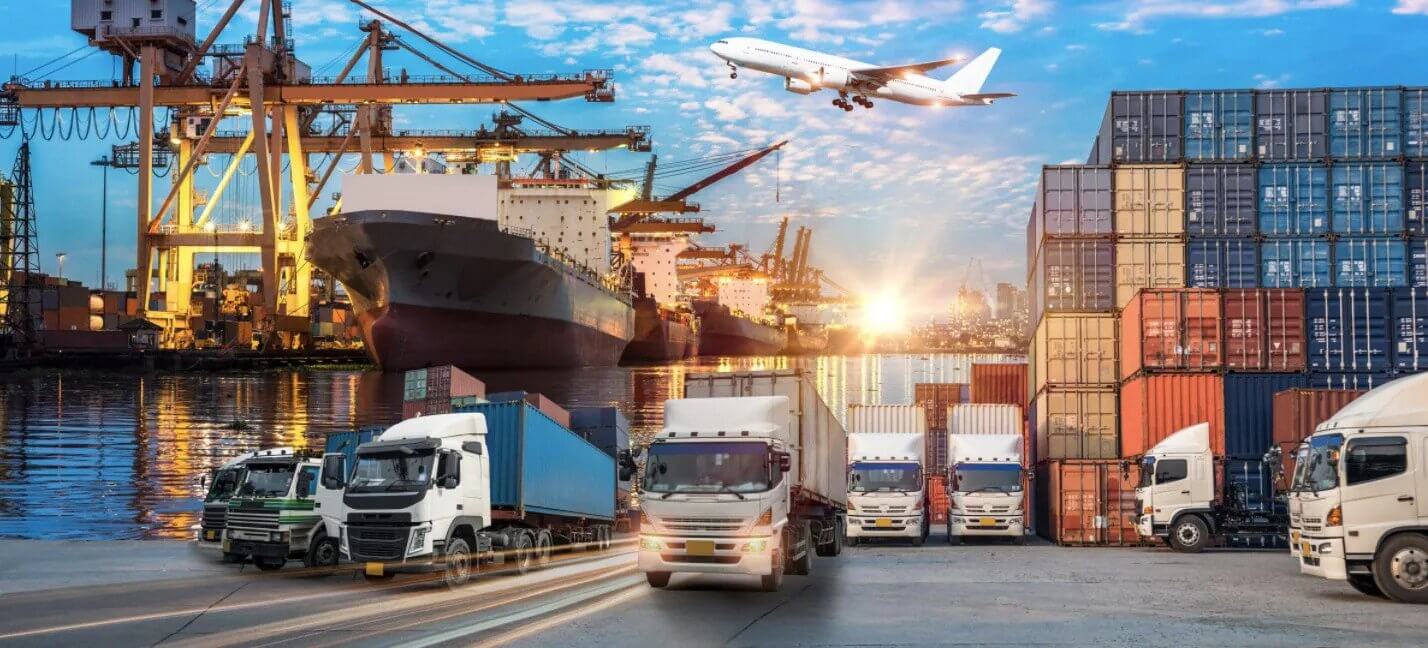Freight Rate Fluctuations Explained
Unravel the complexities of freight rate changes and their impact on the trucking industry with our in-depth analysis.

Freight rate trends form the backbone of global trade dynamics. Their fluctuations significantly impact the trucking industry, influencing everything from operational costs to profitability. TruckInsight delves into the complexities of these shifts to shed light on this critical freight market domain.
Demystifying the Volatile Freight Rate Trends
Understanding how freight rates behave is crucial for anyone involved in the trucking industry. These rates are influenced by a myriad of factors that result in trends often shrouded in complexity. Let's unpack these intricate mechanisms.
Table of Contents
- Market Demand and Freight Rates
- The Role of Fuel Costs
- The Effect of Seasonality
- Economic Factors Affecting Freight Rate Trends
- Impact of Regulations on Freight Rates
- The Future of Freight Rate Trends
Market Demand and Freight Rates

Central to understanding freight rate fluctuations is the concept of supply and demand. It's a primary driver, causing rate volatility as shipping capacity and consignee requirements flex. Let's demystify how these forces interact on a broader scale.
How Supply and Demand Impact Rates
When demand for shipping services rises and outpaces available capacity, freight rates subsequently increase. This scenario is often seen during retail peak seasons like the holidays. Conversely, when shipping demand decreases or there's an abundance of capacity, rates typically drop.
It’s important to note though that the markets are incredibly dynamic and subject to rapid change. Factors like trade policy can significantly alter rates in unexpected ways.
The Role of Fuel Costs
Prices at the pump don't just affect commuters - they form a significant part of operating costs for freight carriers. More than you might imagine, swings in fuel costs directly dictate the ebb and flow of freight rates.
- Diesel costs: A significant chunk of a truck's running cost is diesel expense. When fuel costs elevate, carriers often pass on the increase to shippers in the form of raised freight rates.
- Fuel Surcharges: Most freight rate agreements include a fuel surcharge clause. This factor allows carriers to adjust charges based on prevailing diesel prices. Hence, volatile fuel costs mean fluctuating freight rates.
The Effect of Seasonality

Just as nature has its rhythm, freight rates also demonstrate seasonal trends. Higher goods consumption during holiday seasons and weather-related factors like icy or snowy conditions impact the dynamics of freight rates.
Peak and Off-Peak Seasons
Freight rates follow a predictable cyclical pattern corresponding with the time of year.
- Peak Season: Peaks occur when demand for goods surges. During this period, capacity is stretched thin, and as a result, freight rates soar. For instance, the August to October rush to stock up for back-to-school and holiday shopping often leads to peak freight rates.
- Off-Peak Season: This represents a lull in shipping demand. Here, carriers may lower rates to attract business, making it a cost-effective time to ship non-urgent goods.
Next, we'll delve into the more complex economic factors that significantly contribute to the freight rate trends. Before moving on, take a moment to digest how market demand, fuel costs, and seasonality each act as cogs in the ever-turning wheel of freight rate changes. You'll find that these elements provide a foundation for our deeper exploration into freight rate shifts in the sections ahead.
Economic Factors Affecting Freight Rate Trends

The global economy plays a pivotal role in freight rate trends. Various macroeconomic factors such as GDP growth, exchange rates, and global trade policies can impact rates tremendously.
GDP Growth: As economies grow, demand for shipping increases, and so do freight rates. Conversely, in periods of economic downturn, as we saw in the 2008 financial crisis, demand stumbles, and rates soften.
Exchange Rates: Changes in currency rates can also sway freight rates. For example, if the US dollar strengthens, goods from America become costlier for foreign buyers, and imports may decline, causing a dip in freight rates.
Trade Policies: Recently, global trade dynamics have been shaken by tariffs and trade wars. Such changes can quickly raise or lower freight demand and therefore cause rates to fluctuate.
Impact of Regulations on Freight Rates
Government regulations, both nationally and internationally, play an influential role in determining freight rates. These can range from environmental norms to road safety measures.
New Emissions Standards
For instance, new global regulations aimed at reducing sulfur emissions from ships have led to a steep hike in operating costs for carriers who must invest in pricier, low-sulfur fuel or emissions cleaning systems. These cost increases are, unsurprisingly, passed onto shippers through increased freight rates.
Safety regulations can also push up costs. Measures like mandatory rest periods for drivers, while necessary, reduce operational efficiencies, and you guessed it: these costs usually translate into higher freight rates.
The Future of Freight Rate Trends

In the age of disruption and tech-driven transformation, the freight rate landscape is set to change more rapidly than we've seen before.
The Rise of Digital Freight Platforms
Platforms that use Artificial Intelligence to match shippers with carriers can make freight pricing more transparent and competitive, potentially ironing out severe fluctuations.
Furthermore, as autonomous trucks become more prevalent, operating costs could decrease, leading to more stable rates in the future. However, this stability largely hinges on regulatory decisions and public acceptance of self-driving vehicles.
Green Shipping and Its Impact on Rates
Emission regulations are pushing the industry towards greener solutions. In the future, we might see carriers charging higher rates for traditional, more polluting services and lower rates for green shipping options.
The road ahead for freight rates looks to be as fascinating as it is complex. By staying informed about these trends and fluctuations, you can chart a course that leverages the prevailing winds of freight rate changes in your favor.
Through understanding and anticipating these factors, businesses can mitigate the impact of unpredictable rate increases and improve their competitive stance in the market. After all, knowledge is not just power – in the world of freight, it can translate directly to the bottom line.
What's Your Reaction?































































